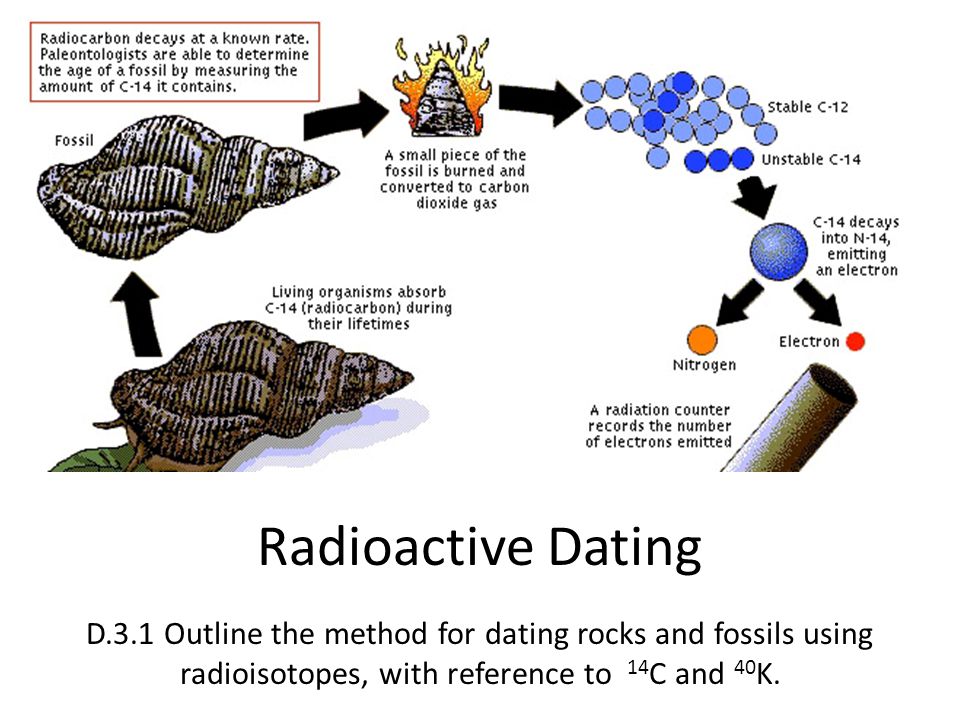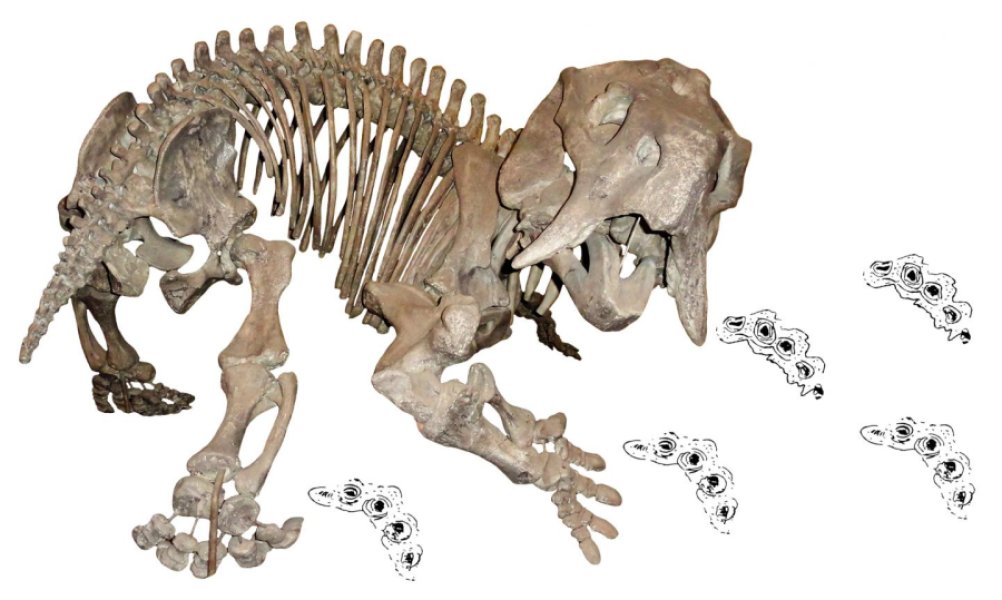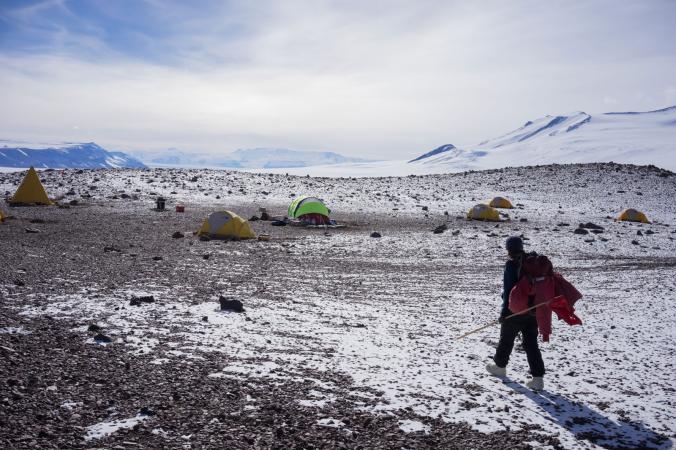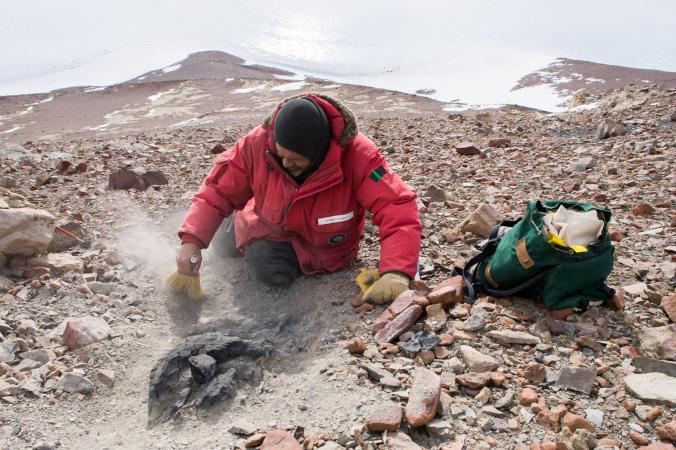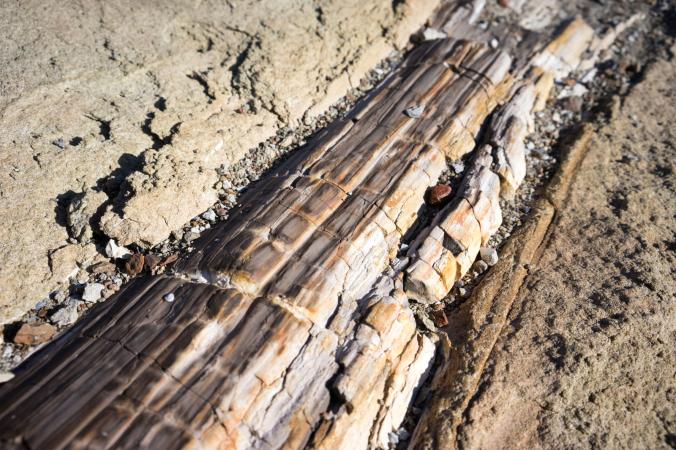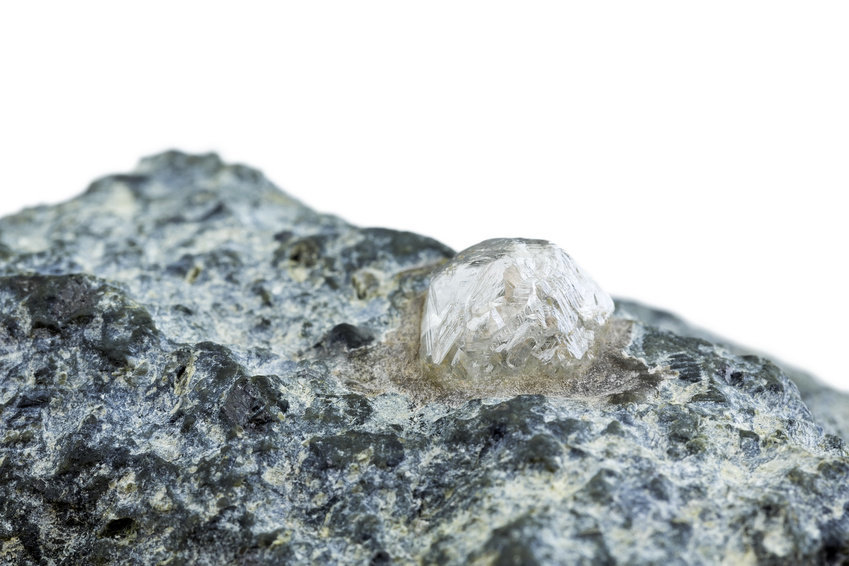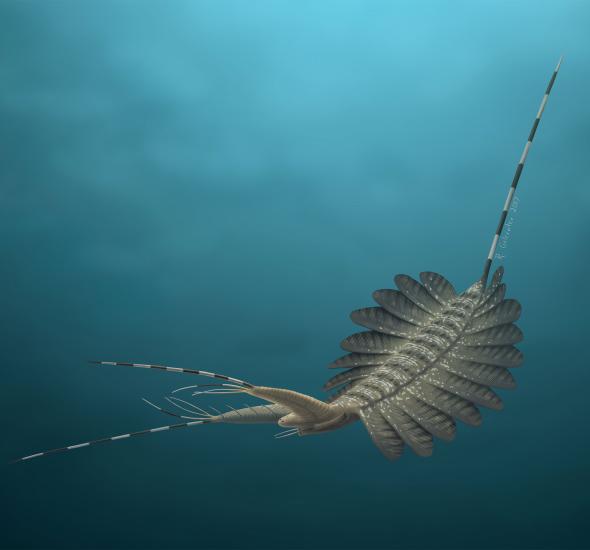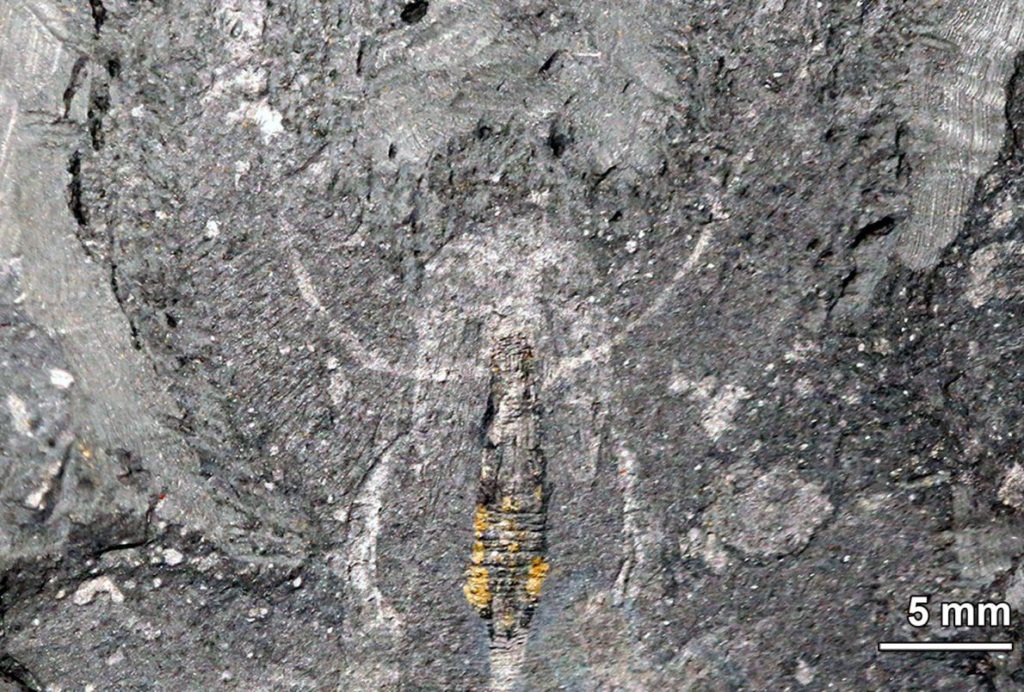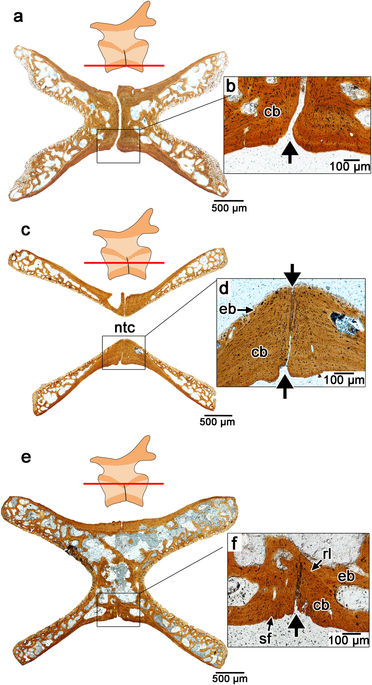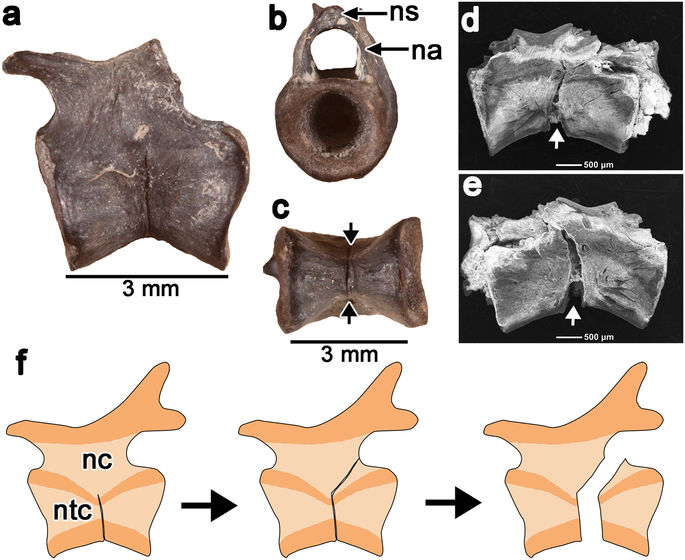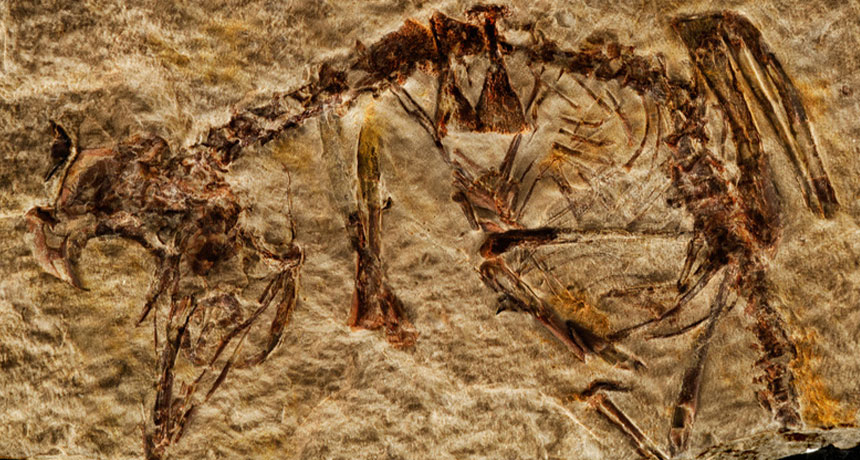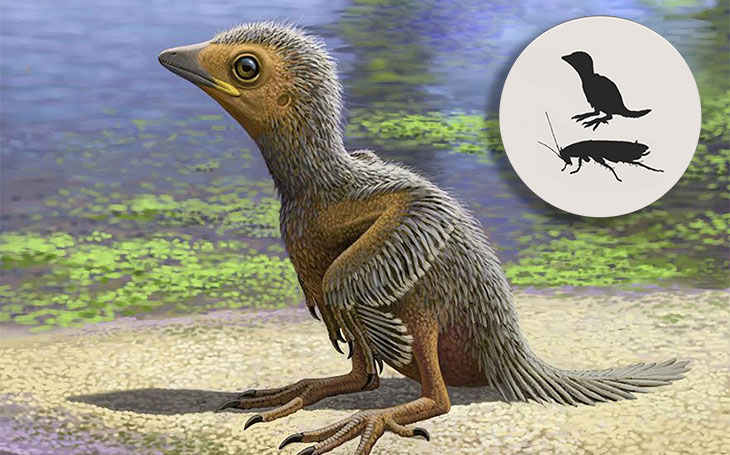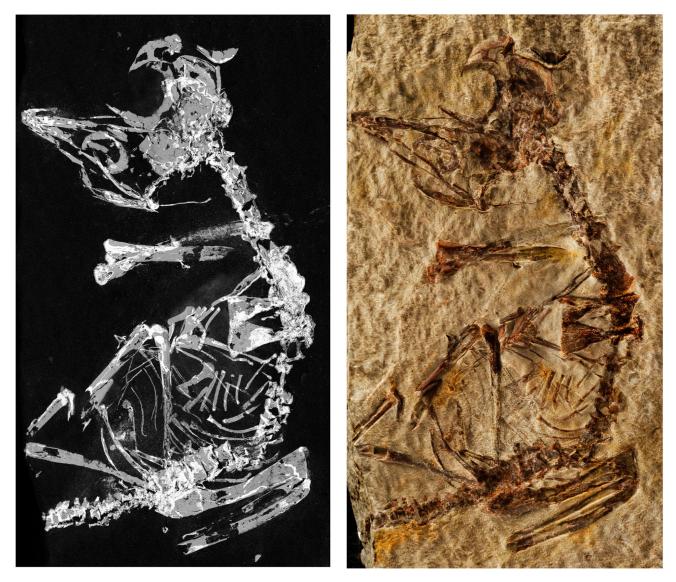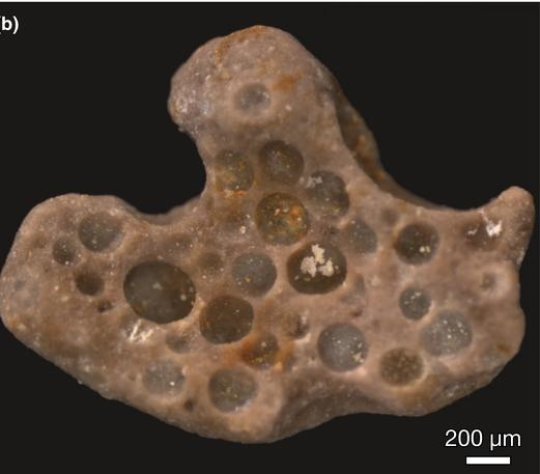An international team of researchers has produced one of the most comprehensive evolutionary pictures to date by looking at one of the world’s most iconic animal families — namely elephants, and their relatives mammoths and mastodons-spanning millions of years.
The team of scientists-which included researchers from McMaster, the Broad Institute of MIT and Harvard, Harvard Medical School, Uppsala University, and the University of Potsdam-meticulously sequenced 14 genomes from several species: both living and extinct species from Asia and Africa, two American mastodons, a 120,000-year-old straight-tusked elephant, and a Columbian mammoth.
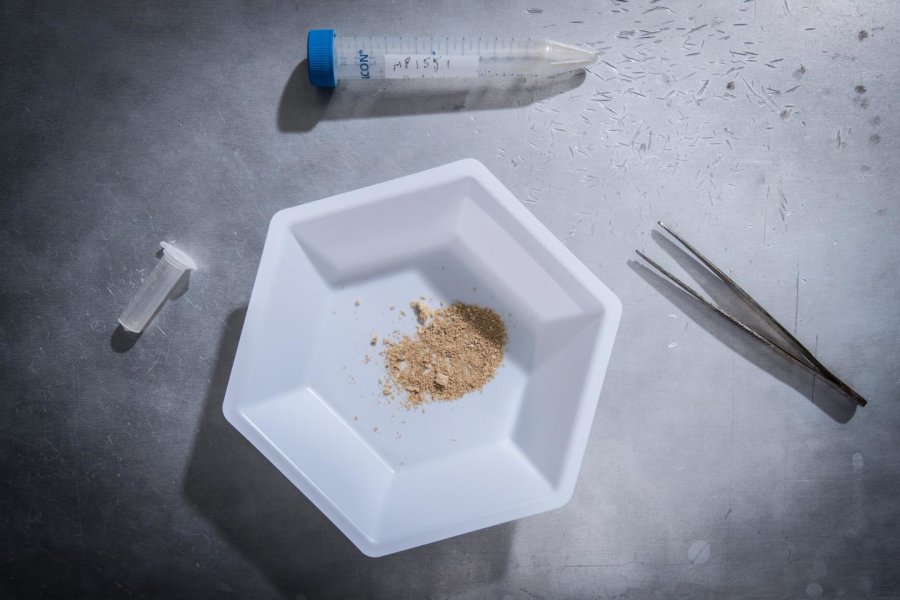
This is crushed dentine from a Woolly Mammoth for DNA extraction. Credit: JD Howell, McMaster University
The study, published in the Proceedings of the National Academy of Science, sheds light on what scientists call a very complicated history, characterized by widespread interbreeding. They caution, however, the behaviour has virtually stopped among living elephants, adding to growing fears about the future of the few species that remain on earth.
“Interbreeding may help explain why mammoths were so successful over such diverse environments and for such a long time, importantly this genomic data also tells us that biology is messy and that evolution doesn’t happen in an organized, linear fashion,” says evolutionary geneticist Hendrik Poinar, one of the senior authors on the paper and Director of the McMaster Ancient DNA Centre and principal investigator at the Michael G. DeGroote Institute for Infectious Research.
“The combined analysis of genome-wide data from all these ancient elephants and mastodons has raised the curtain on elephant population history, revealing complexity that we were simply not aware of before,” he says.
A detailed DNA analysis of the ancient straight-tusked elephant, for example, showed that it was a hybrid with portions of its genetic makeup stemming from an ancient African elephant, the woolly mammoth and present-day forest elephants.
“This is one of the oldest high-quality genomes that currently exists for any species,” said Michael Hofreiter at the University of Potsdam in Germany, a co-senior author who led the work on the straight-tusked elephant.
Researchers also found further evidence of interbreeding among the Columbian and woolly mammoths, which was first reported by Poinar and his team in 2011. Despite their vastly different habitats and sizes, researchers believe the woolly mammoths, encountered Columbians mammoths at the boundary of glacial and in the more temperate ecotones of North America.
Strikingly, scientists found no genetic evidence of interbreeding among two of the world’s three remaining species, the forest and savanna elephants, suggesting they have lived in near-complete isolation for the past 500,000 years, despite living in neighbouring habitats.
“There’s been a simmering debate in the conservation communities about whether African savannah and forest elephants are two different species,” said David Reich, another co-senior author at the Broad Institute who is also a professor at the Department of Genetics at Harvard Medical School (HMS) and a Howard Hughes Medical Institute Investigator. “Our data show that these two species have been isolated for long periods of time — making each worthy of independent conservation status.”
Interbreeding among closely related mammals is fairly common, say researchers, who point to examples of brown and polar bears, Sumatran and Bornean orangutans, and the Eurasian gold jackal and grey wolves. A species can be defined as a group of similar animals that can successfully breed and produce fertile offspring.
“This paper, the product of a grand initiative we started more than a decade ago, is far more than just the formal report of the elephant genome. It will be a reference point for understanding how diverse elephants are related to each other and it will be a model for how similar studies can be done in other species groups,” said co-senior author Kerstin Lindblad-Toh, a senior associate member of the Broad Institute and Director of the Science for Life Laboratory at Uppsala University in Sweden.
“The findings were extremely surprising to us,” says Eleftheria Palkopoulou, a post-doctoral scientist in at HMS. “The elephant population relationships could not be explained by simple splits, providing clues for understanding the evolution of these iconic species.”
Researchers suggest that future work should explore whether the introduction of new genetic lineages into elephant populations-both living and ancient-played an important role in their evolution, allowing them to adapt to new habitats and fluctuating climates.













 March 26th, 2018
March 26th, 2018  Riffin
Riffin 